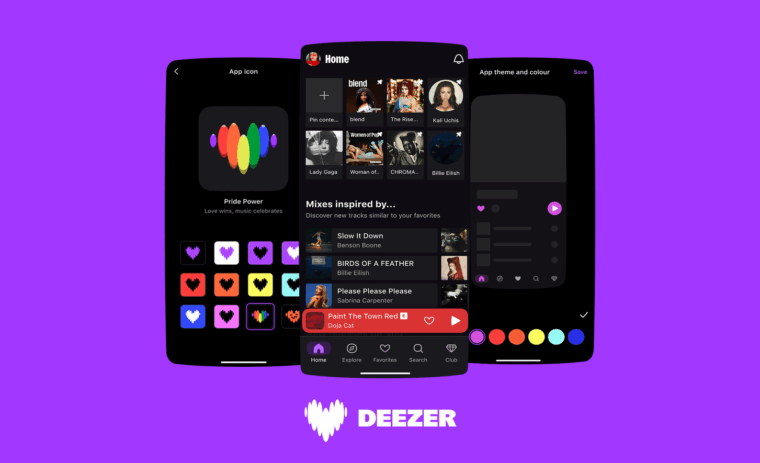How did Latin music evolve into a cornerstone of American culture? From the pulsing beats of salsa and mambo to the global rise of reggaeton, Latin music has left an indelible mark on the U.S. music scene. Beyond its rhythms and sounds, it represents a powerful cultural exchange, shaping genres like jazz, rock, and hip-hop. In this journey through the legacy of Latin music, we’ll explore its influence, groundbreaking artists, and the cultural pride it brings to millions.
Major genres in Latin music
Key genres and influential artists
Latin music is a powerhouse in the U.S., bringing a unique blend of rhythm and culture to the forefront. Salsa, mambo, and reggaeton stand as pillars of Latin influence in American music.
- Salsa: with its Afro-Cuban roots, sparked dance fever in New York in the 1970s. Its dynamic beats and high-energy style created a community where Latin Americans and New Yorkers could connect through music and dance.
- Mambo: a genre born in Cuba, swept across America in the 1940s and ’50s. Its lively, syncopated rhythms became a hit in jazz clubs and dance halls.
- Reggaeton: with its deep bass lines and infectious rhythms, quickly took over mainstream music in the early 2000s. Artists like Daddy Yankee and Bad Bunny brought reggaeton to global stages, making it a cultural phenomenon.
Influential artists and their contributions
Several Latin artists transformed the U.S. music scene, breaking barriers and making history.
- Celia Cruz: the “Queen of Salsa,” was a trailblazer. Her bold voice and electric performances introduced American audiences to the powerful spirit of Cuban salsa. Celia’s signature “Azúcar!” became an anthem, a shout of resilience and joy that captivated fans worldwide.
- Selena Quintanilla: the “Queen of Tejano,” redefined Latin music in America. Her unique blend of Tejano, pop, and cumbia reached new audiences and celebrated Mexican-American identity. Selena’s legacy lives on as an icon of cultural pride and inspiration.
- Carlos Santana: he took Latin rock to new heights with his fusion of rock, blues, and Latin sounds. His unforgettable performance at Woodstock and hits like “Smooth” brought Latin rock into the mainstream, paving the way for future generations.
Latin music evolution and influence over time
Early years and crossover beginnings
Latin music’s journey into the American mainstream began in the 1930s and 1940s, when ballroom influences brought Latin rhythms to new audiences. Big band leaders, like Xavier Cugat infused Latin beats into swing and jazz. This fusion created an exotic flair that captivated Americans. His orchestras filled dance halls with rousing cha-cha and rumba, and made Latin sounds an essential part of the music scene at the time.
The fusion with jazz in the 1940s and ’50s marked a major turning point. Dizzy Gillespie and Chano Pozo blended Afro-Cuban rhythms with bebop jazz, giving birth to Latin jazz. This genre introduced American listeners to a rich, rhythmic complexity that added a unique flavor to traditional jazz. By crossing over into pop music, Latin sounds gradually gained acceptance, laying the foundation for a cultural exchange that would shape music for decades.
Cultural fusion and growth
Over the years, Latin music adapted and influenced American genres like rock, hip-hop, and R&B. The 1960s and ’70s saw Latin rock emerge, with bands like Santana redefining rock by mixing it with Latin percussion and blues. Songs like “Oye Como Va” showcased how Latin rhythms could elevate rock to new creative heights and captivated diverse audiences across the U.S.
As hip-hop gained momentum in the 1980s, Latin artists brought their own rhythms and language to start a fusion that resonated with urban youth. Reggaeton artists, blending Latin beats with hip-hop elements, created a new wave in the early 2000s. Tracks like Daddy Yankee’s “Gasolina” introduced reggaeton to the mainstream and solidified Latin music as an influential force.
Cultural and social impact of Latin music
Major role in pop culture and identity
Music has always been a symbol of cultural pride and identity for millions. It shapes American pop culture by bringing diverse rhythms, languages, and stories to mainstream audiences. From salsa’s vibrant energy to reggaeton’s global beats, Latin music reflects Hispanic identity and allows Hispanic communities to see themselves represented. Artists like Selena Quintanilla and Bad Bunny show how it can preserve cultural roots while reaching new audiences and redefining what it means to be Latino in the U.S.
Latin music in social and cultural movements
Tracks with strong messages—such as hip-hop-inspired reggaeton songs addressing social issues—give voice to the struggles and hopes of Hispanic communities. Movements such as the Chicano movement of the 1960s saw Latin music as a hymn to resilience and unity, celebrating identity while advocating equality.
Challenges and breakthroughs in achieving mainstream success
Latin artists have faced significant challenges in breaking into the U.S. mainstream, from language barriers to industry biases. For years, Latin music thrived within communities but struggled for widespread recognition. Collaborations with English-speaking artists, however, helped Hispanic music reach broader audiences. Streaming platforms like Deezer and YouTube have enabled artists to connect with fans around the world and occupy a lasting place in American culture.
Preservation and showcasing of Latin music
Efforts to preserve Latin music traditions
Across the U.S., numerous museums and exhibits are dedicated to preserving the legacy of Latin music. These institutions play a vital role in safeguarding the rich history of Latin sounds, rhythms, and instruments. The Smithsonian Latino Center and the National Museum of American History are notable examples. They offer resources and archives that tell the story of Latin music’s evolution. Visitors gain a deeper appreciation for the contributions of Hispanic artists and the enduring influence on American culture.
Impact of Latin music festivals and exhibitions
Festivals and exhibitions bring Latin artists to life, celebrating the rhythms and energy of the music in a way that resonates deeply with audiences. Events like Calle Ocho in Miami and the San Francisco Salsa Festival present diverse genres, from salsa to reggaeton, providing a cultural experience that promotes Latin music’s legacy. These gatherings create a space where Latin traditions flourish and inspire future generations.
Latin music’s legacy in the United States resonates in every beat, dance floor, and melody that transcends cultures and generations. From salsa to reggaeton, these rhythms embody resilience, pride, and a powerful cultural connection. Ready to explore more? Discover Deezer’s exclusive Latin playlists and dive into the sounds that continue to shape and inspire American music. Let the music move you!yourself in the rhythms!
Find out more:






